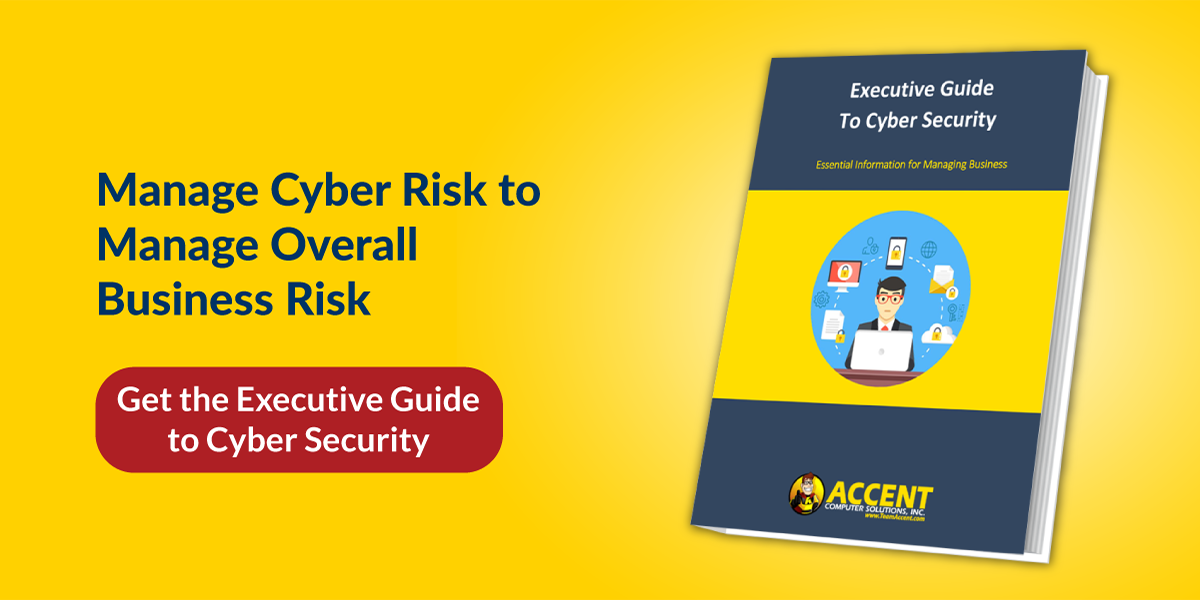Far too often, small and medium-sized businesses tend to think that they’re not on a hacker’s radar or that a firewall and antivirus will keep them 100% protected against a breach.
But that’s not the case.
Cyber criminals steal whatever data they can and often use the compromised network to launch further attacks after penetrating your system or for extortion to sell your data back to you (or the highest bidder). That makes a business of ANY size a prime target.
Bad actors actively target network endpoints such as servers, desktops, and laptops; anything with a user operating system. With an average IT department managing hundreds (if not thousands) of endpoints, hackers have a field day with under-secured networks.
That’s where Endpoint Detection & Response (EDR) technology comes in.
Endpoint Detection and Response (EDR) Defined
Endpoint Detection & Response is a network security tool that picks up where your antivirus and firewall leave off. The technology continuously monitors your network’s endpoints in real-time to detect a breach the moment it happens.
EDR is considered a cyber security detection tool, not a prevention tool, but it takes corrective measures to isolate the threat and minimize loss and damage.

An EDR security system has four primary functions:
- Monitor, identify and collect suspicious data from endpoints.
- Analyze the data to identify possible threat patterns.
- Automated threat response – EDR swoops in automatically to contain or remove any identified threats and notifies the security team.
- Investigate identified threats and identify suspicious activities.
In the cyber security landscape these days, we see that with advancements in cyber crime tactics, detection is where small and midsize businesses need to invest.
How Does EDR Technology Work?
1. Establish a Baseline for What’s Normal
EDR technology uses intelligent algorithms to study and record user behavior while they are logged into your network. It then establishes parameters of what’s considered “normal behavior” for each user.
Having a read on each user’s “normal behavior” enables the system to establish a baseline. As a result, an EDR can zero in on odd or malicious behavior the moment it happens.
2. Monitor and Analyze Activity
When something outside of the “normal behavior” pops up, the abnormal activities will trigger the EDR solution to monitor and investigate the data for malicious actions in real time. An analysis of the data confirms if the threat is real or not.
3. Threat Tracking
When it detects a threat, the EDR tracks and follows the path of attack right to the vulnerable endpoint. The algorithm then collates and classifies the data into specific categories known as Malicious Operations.
4. Notification and Response Steps
The EDR will immediately notify your IT team if your system is under attack, giving you actionable response steps. It’ll even make forensic recommendations to help combat the threat.
Given its advanced algorithm, EDR monitors for stealth attacks, including malicious scripts, fileless malware, and stolen user credentials.
5. Ongoing Analysis to Find Your Weak Links
EDR technology also analyzes attacks to learn the tactics hackers used to penetrate your network. It also detects the paths they used to learn about your network so you can eliminate the weak links.
How Does EDR Compare to Other Security Measures?
EDR technology’s claim to fame is its incredible response time. The system automatically tracks and reveals the point of breach, its path, and its actions. With this information, your security team saves on post-breach time and effort to contain the breach quickly and effectively, getting you back in business more quickly.
Traditional security methods take longer to investigate, and time is not on your side when it comes to a cyber attack. A couple of minutes is all an attacker needs to breach your whole network, and the immediate response from an EDR solution can prevent that from happening in the first place.
EDR also provides the documentation your insurance company may require in the event that you need to file a claim. As a result, it may also reduce your cyber security insurance premiums.
Do I Need EDR and Antivirus?
Cyber security is all about layers – antivirus and EDR work together, each providing a different type of protection.
Antivirus is designed to prevent network breaches and clean up viruses and malware. However, as hackers get more imaginative, they’re using stealth attacks to bypass antivirus.
On the other hand, EDR technology is designed to paint the whole security picture. First, it’ll help you track how and where the breach happened and its mode of attack. Then, it jumps in when a threat bypasses or overwhelms your antivirus.
Some cyberattacks, such as zero-day exploits and fileless malware, leave no signatures and make it impossible to detect an attack without an EDR solution.
Cyber Security Protections for Southern California-based Small and Midsize Businesses
The cyber security landscape changes by the day, and having a team of trained cyber security professionals on your side is becoming increasingly more critical.
If you’re not sure if your Southern California business has adequate measures in place to detect and prevent cyber attacks, contact us today for a cyber security assessment. Many business leaders are surprised at what the results show. Often, the remediation actions aren’t overly complicated or costly, and a few simple changes could save you hundreds of thousands of dollars (and help you sleep better at night).





